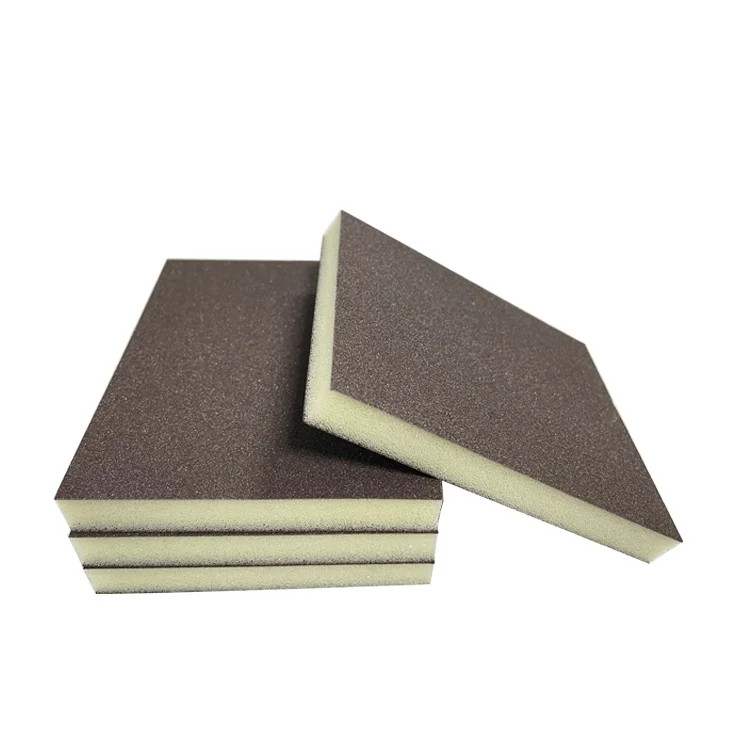When you stumble upon a rock during a hike, a beach stroll, or even in your backyard, you might find yourself wondering, How can I tell what kind of rock I found? Identifying rocks is not just a hobby; it’s a gateway to understanding the Earth’s history, the processes that shape our planet, and the materials that make up our environment. This guide will delve into the methods and techniques for rock identification, providing you with the tools to become a rock detective.
Understanding the Basics: The Three Main Rock Types
Before diving into identification techniques, it's essential to understand the three primary types of rocks: igneous, sedimentary, and metamorphic. Each type has distinct characteristics that can help you in your identification journey.
- Igneous Rocks: Formed from the cooling and solidification of magma or lava, igneous rocks can be further classified into intrusive (plutonic) and extrusive (volcanic) rocks. Common examples include granite (intrusive) and basalt (extrusive). Look for features such as crystal size and texture; larger crystals indicate slower cooling, typical of intrusive rocks.
- Sedimentary Rocks: These rocks are formed from the accumulation of sediments, which can include minerals, organic matter, and fragments of other rocks. Sedimentary rocks often exhibit layering and may contain fossils. Common types include sandstone, limestone, and shale. Pay attention to grain size, color, and the presence of fossils or organic material.
- Metamorphic Rocks: Formed under heat and pressure from existing rocks, metamorphic rocks can exhibit foliation (layering) or a more granular texture. Examples include schist and marble. Look for signs of mineral alignment or changes in texture, which indicate metamorphic processes.
Step-by-Step Identification Process
Identifying a rock involves a systematic approach. Here’s a step-by-step guide to help you determine the type of rock you’ve found:
- Visual Inspection
Start with a thorough visual examination. Observe the color, texture, and any visible layers or patterns. Take note of the rock's size and shape. Is it smooth or rough? Does it have a shiny surface or a dull finish? These initial observations can provide valuable clues.
- Conduct a Scratch Test
Using a simple tool like a metal nail or a piece of glass, perform a scratch test. This will help you determine the hardness of the rock, which is a key characteristic in identification. The Mohs scale of mineral hardness ranges from 1 (talc) to 10 (diamond). For example, if the rock scratches glass (hardness of about 5.5), it is likely harder than that.
- Examine the Grain Size
Grain size can reveal much about the rock's formation. Use a magnifying glass to closely inspect the rock. Are the grains fine, medium, or coarse? Igneous rocks with large crystals indicate slow cooling, while fine-grained rocks suggest rapid cooling. In sedimentary rocks, grain size can indicate the energy of the environment in which they formed.
- Check for Fizzing with Acid
For limestone and other carbonate rocks, a simple acid test can be performed. Apply a few drops of vinegar or hydrochloric acid to the rock. If it fizzes, it indicates the presence of calcite, confirming that you have a carbonate rock.
- Look for Fossils
If your rock contains fossils, it is likely a sedimentary rock. Fossils can provide insights into the rock's age and the environment in which it formed. Take note of the type of fossils present, as they can help narrow down the identification.
- Research and Compare
Once you have gathered your observations, consult rock identification guides or online resources. Compare your findings with images and descriptions of known rock types. Websites, apps, and field guides can provide additional context and help confirm your identification.
Advanced Techniques for Enthusiasts
For those looking to deepen their rock identification skills, consider the following advanced techniques:
- Thin Section Analysis: If you have access to a microscope, creating thin sections of the rock can reveal its mineral composition and texture at a microscopic level. This technique is commonly used in geology labs.
- X-Ray Diffraction (XRD): This method can identify the mineral content of a rock sample by analyzing the diffraction pattern of X-rays passing through it. While more technical, it provides precise information about the minerals present.
- Geochemical Analysis: For serious enthusiasts or professionals, geochemical analysis can determine the elemental composition of a rock, offering insights into its origin and formation processes.
Conclusion: Embrace Your Inner Geologist
Identifying rocks can be a rewarding and educational experience. By understanding the fundamental characteristics of different rock types and employing systematic identification techniques, you can unlock the stories that each rock tells. Whether you are a casual hiker or an aspiring geologist, the ability to identify rocks enhances your appreciation of the natural world and its geological wonders. So next time you find a rock, remember: it’s not just a stone; it’s a piece of Earth’s history waiting to be discovered. Happy rock hunting!

